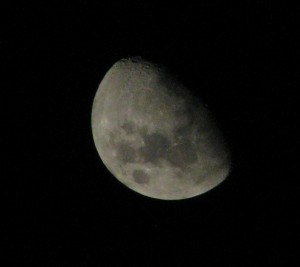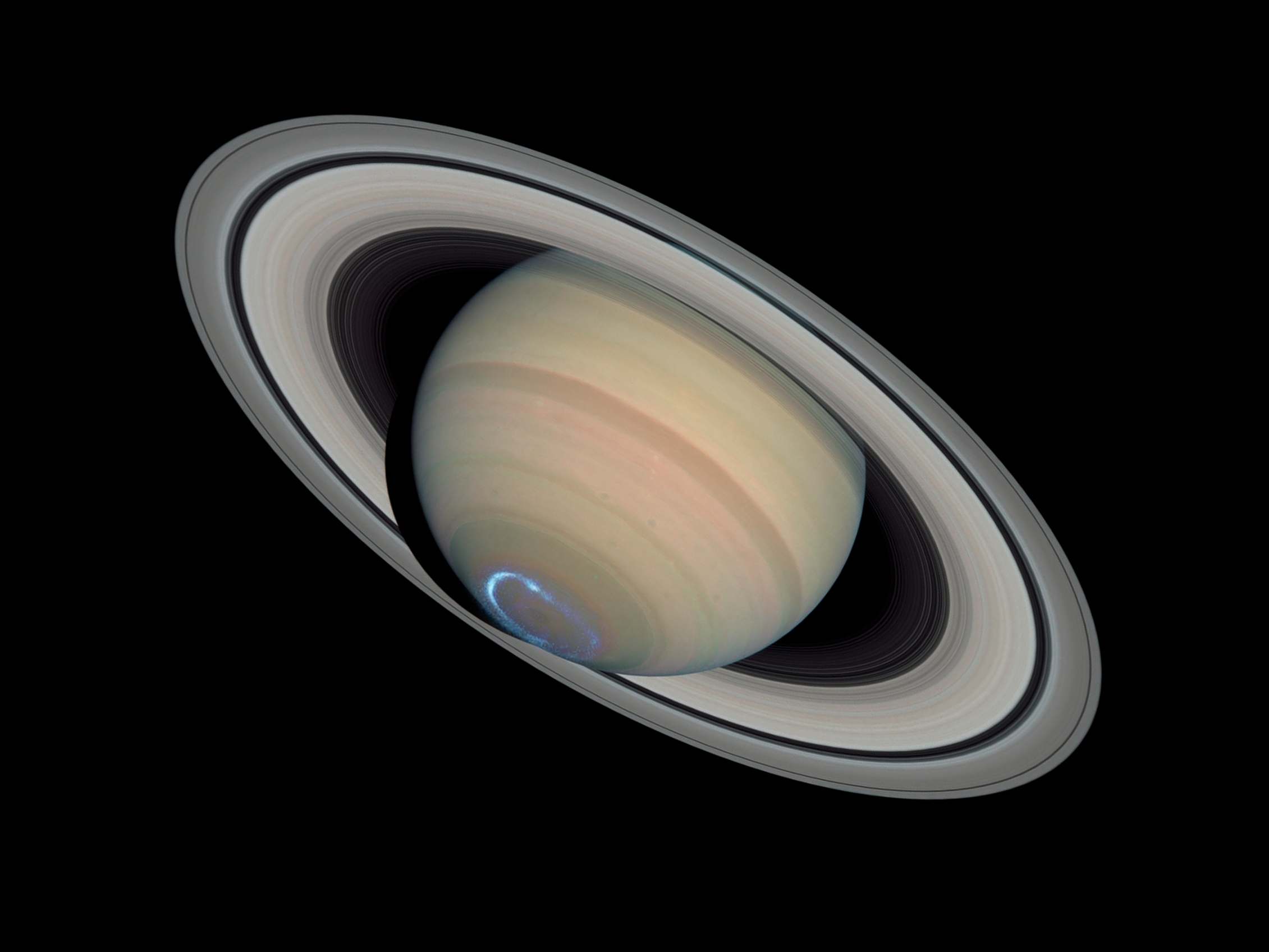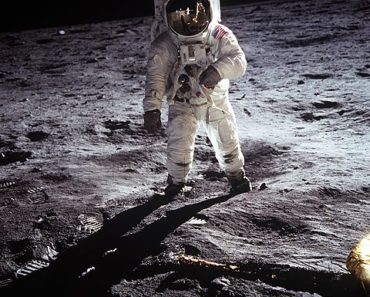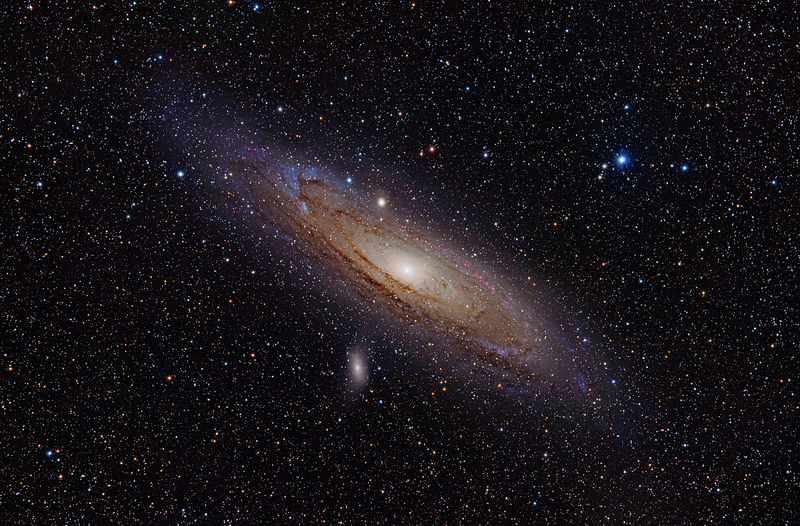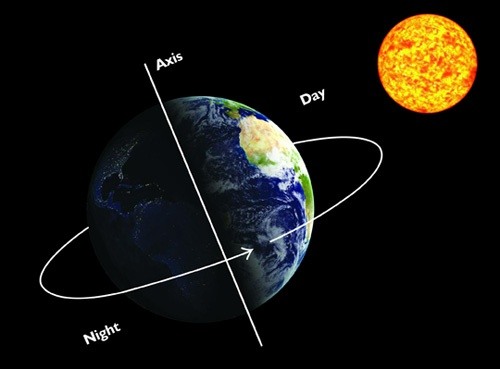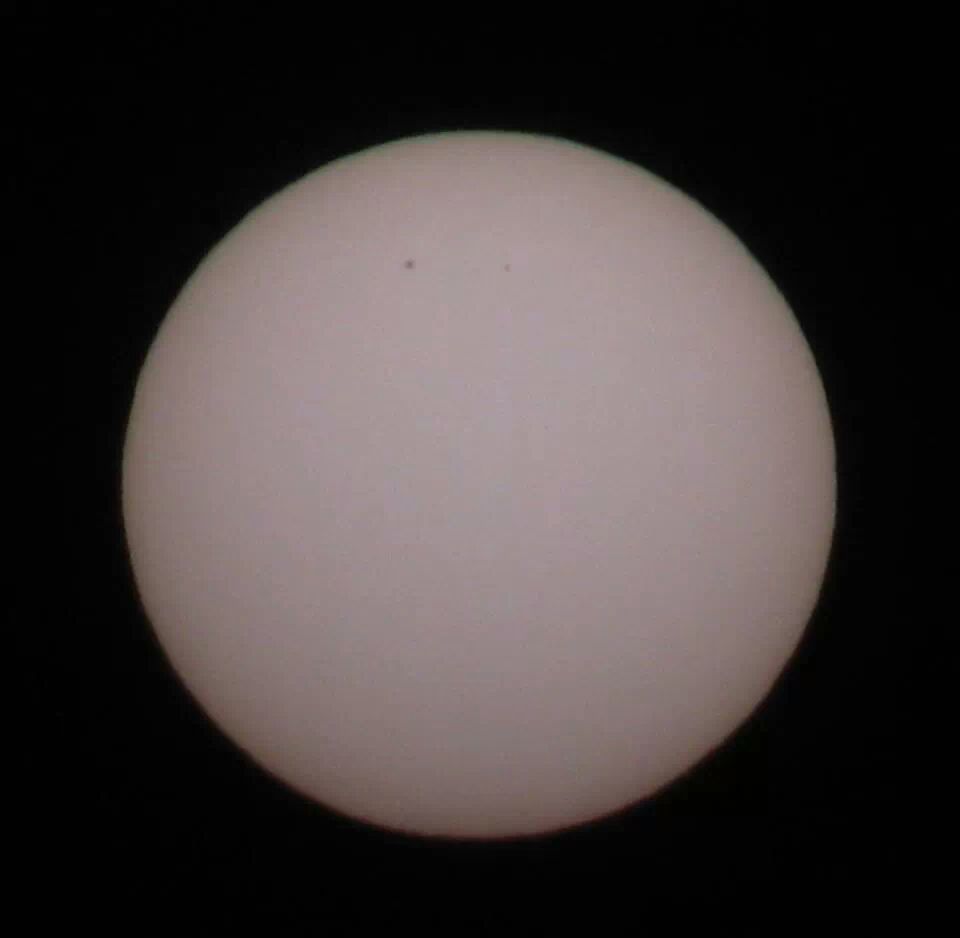At an approximate distance of 400,000 kilometres (250,000 miles) from Earth, the Moon is the fifth largest moon in the Solar System. Its gravitational pull creates ocean tides, influences the length of the day, and has played a role in the development of the calendar. But where does the moon come from?
There are competing theories as to the origin of the Moon but the leading candidate is that of a cosmic collision. It is believed that the early Earth collided with a Mars-sized body called Theia about 4.527 billion years ago.
During the early stages of the solar system collisions between planets, asteroids and proto-planets are believed to have occurred on a regular basis. The sun was surrounded by an accretion disc of rock, dust and ice. The gravitational influence of large bodies within the disc scooped up the smaller bodies which, causing the large bodies to increase in size while clearing their orbits of anything significant in their paths.
The collision between Earth and Theia is resulted in an enormous explosion that transformed the surface of both into magma.
The impact was so immense that material from the two was ejected into space, forming an accretion disc around the Earth. Within a hundred years the Moon was formed from the debris.
Short answer: The Moon was formed when an object roughly the size of Mars smashed into Earth. A huge amount of rock was sent into space, and gravity caused it to group together into what we call the Moon.
